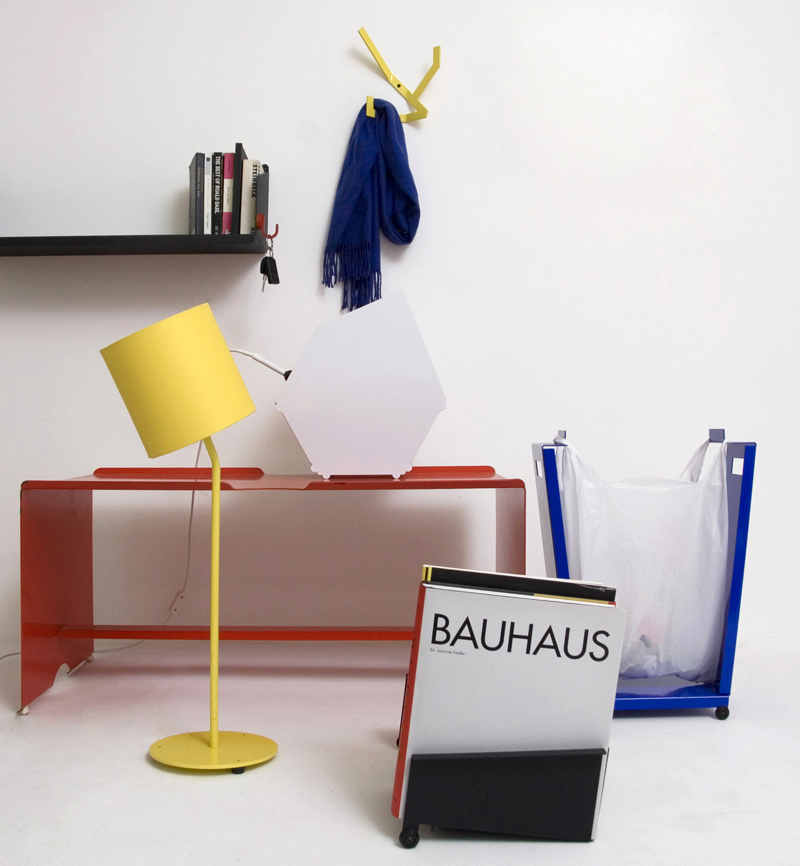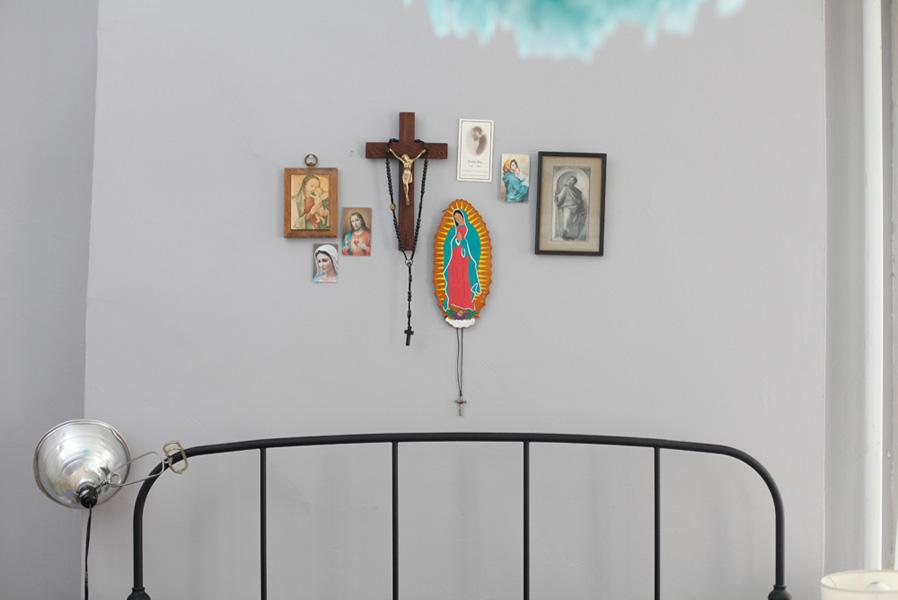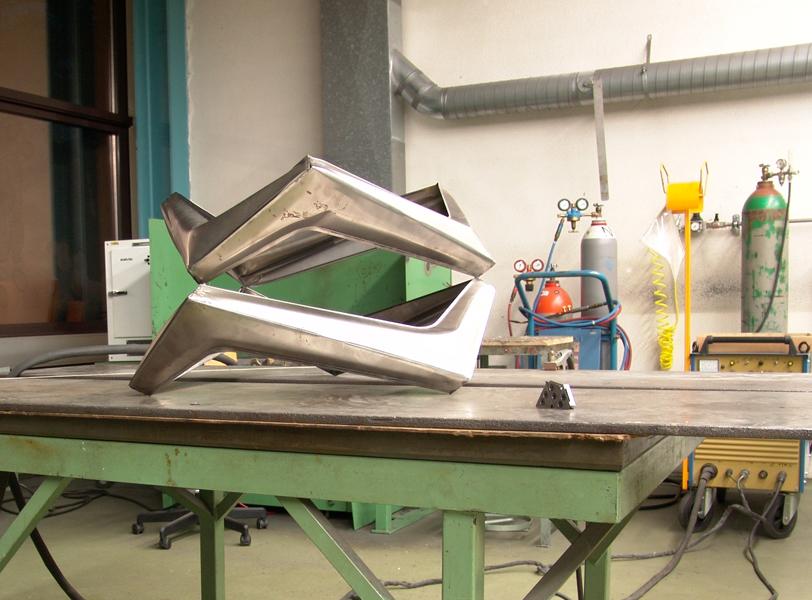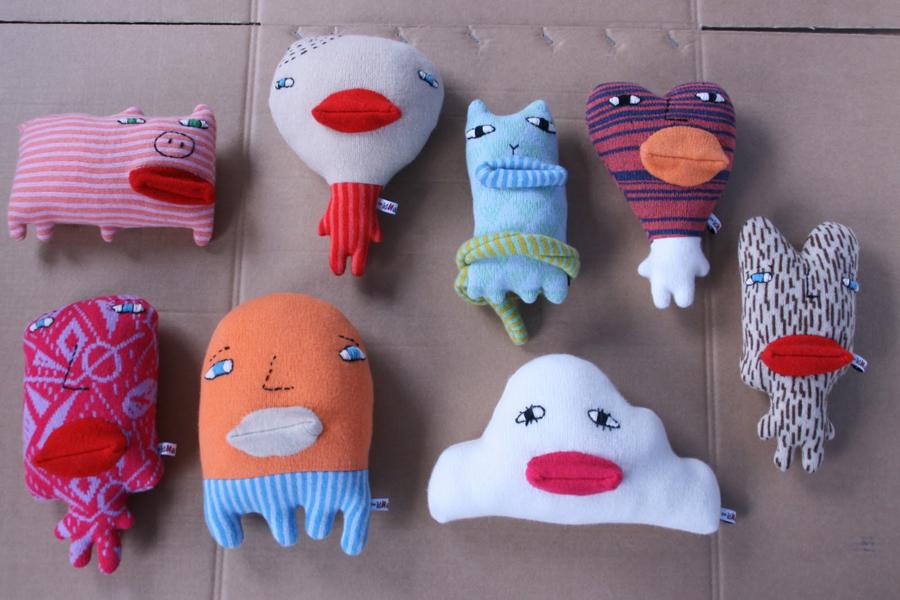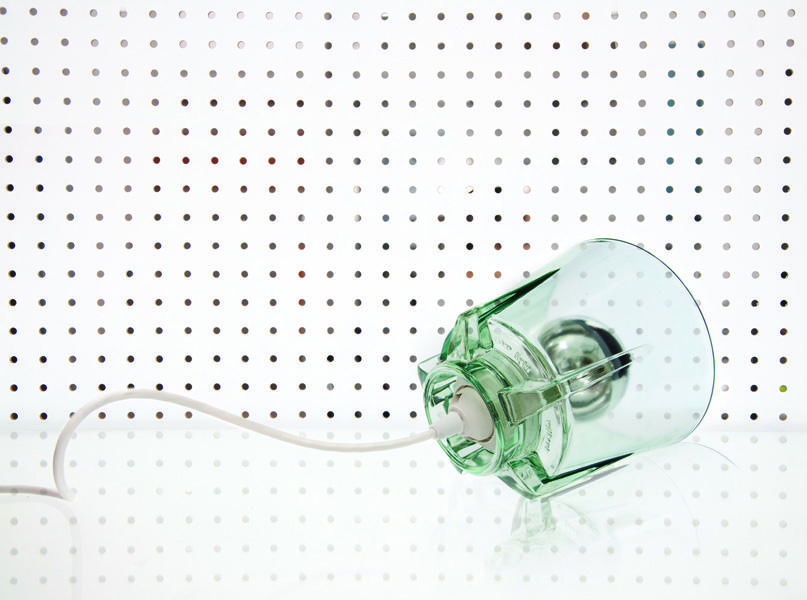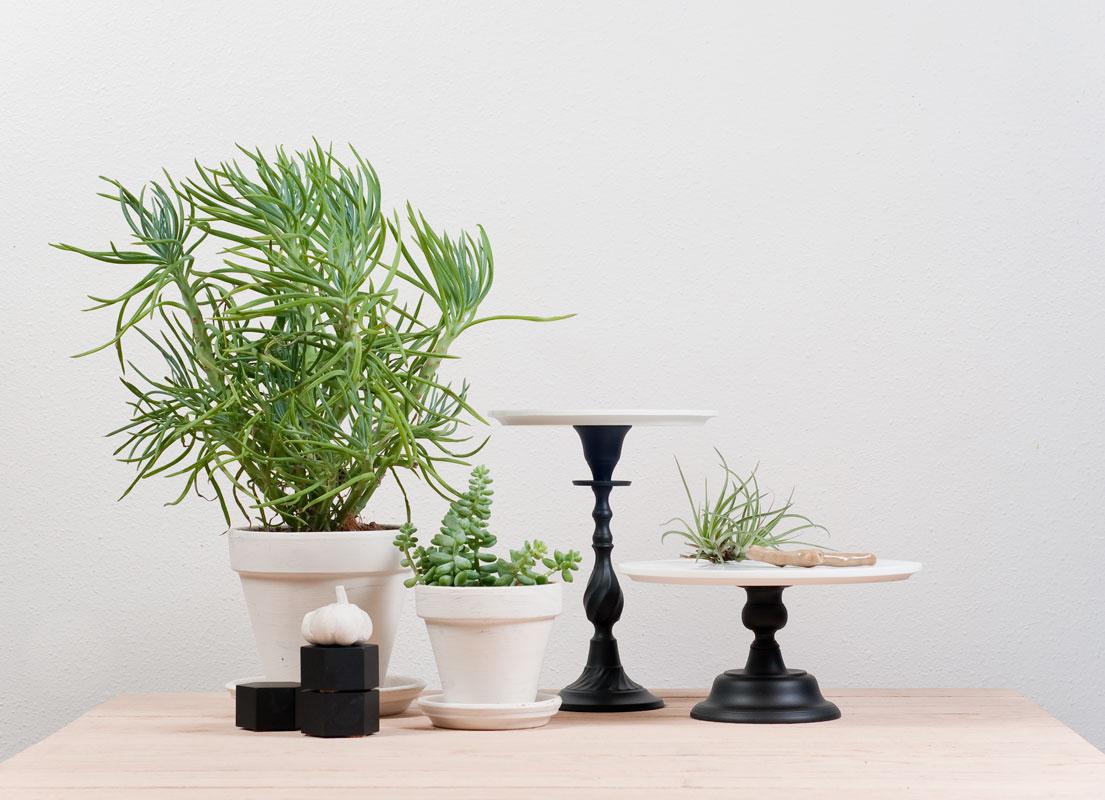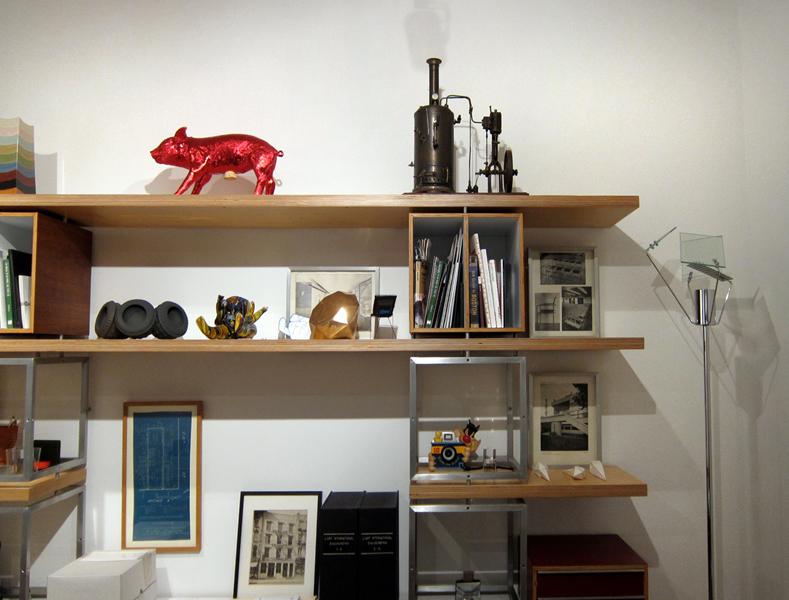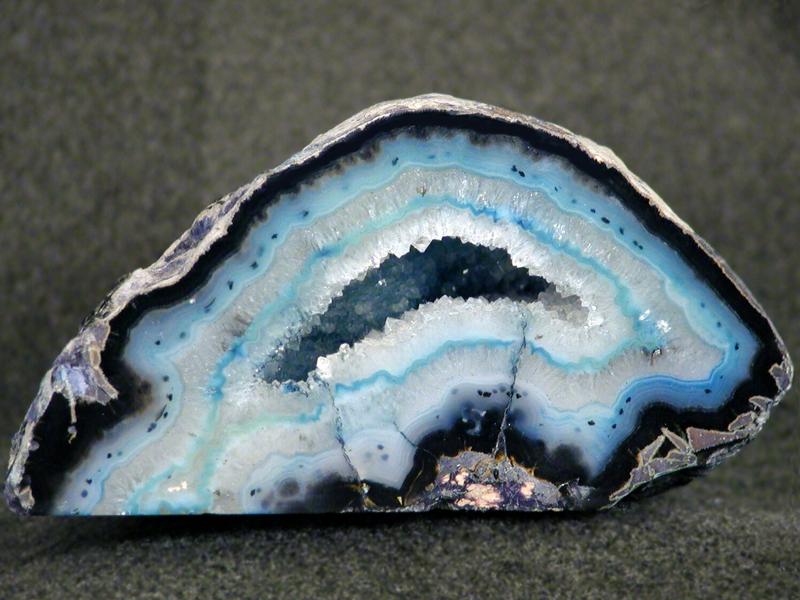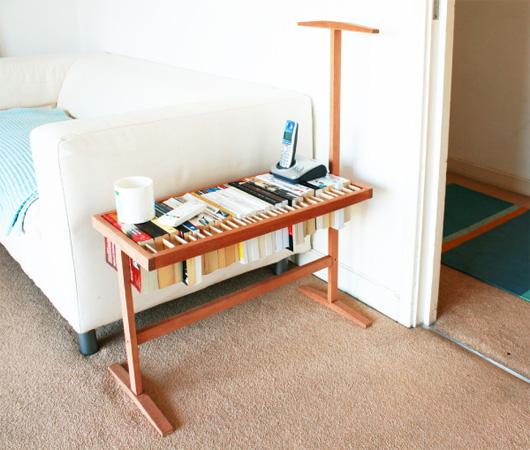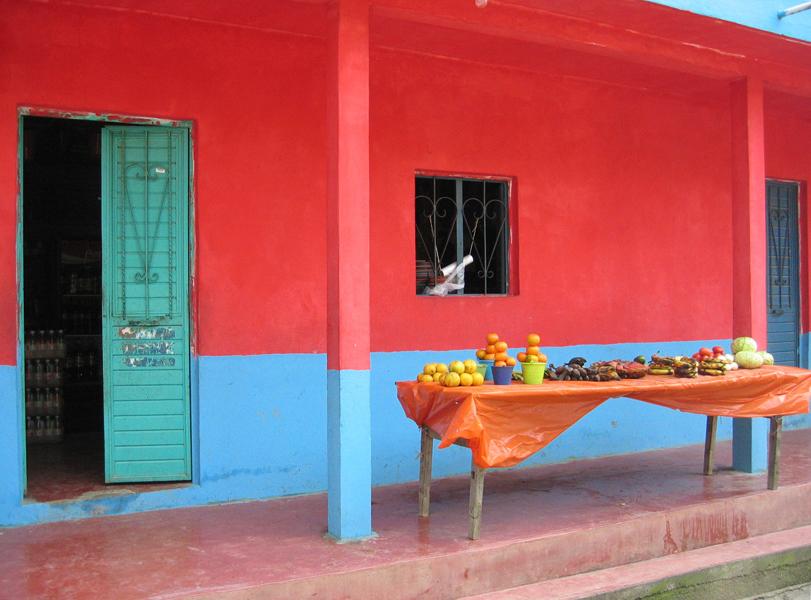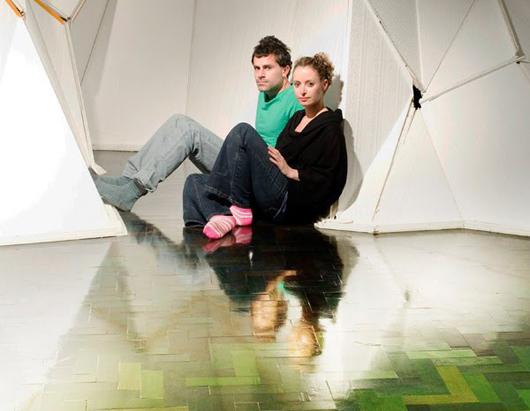
01.18.11
Sighted
Raw Edges in the V&A’s “Couples Counseling” Video Series
When it comes to the issues explored in the Victoria & Albert museum’s video series “Couples Counseling," which probes the relationships behind five London design duos, Raw Edges’s Yael Maer sums things up handily: “Working and living together — it’s a very problematic issue,” she says with a loaded smile. Adds partner Shay Alkalay: “We have to find a way to separate personal life and professional life,” before making it clear over the course of the subsequent seven-minute interview that the couple have managed to do no such thing. But although all five of the partnerships profiled — including FredriksonStallard and Pinch Design — admit that mixing love and professional collaboration brings its fair share of challenges, in the end the viewer understands that what gives their work its strength is the depth of character that results when a person’s greatest admirer is also his or her toughest critic.
